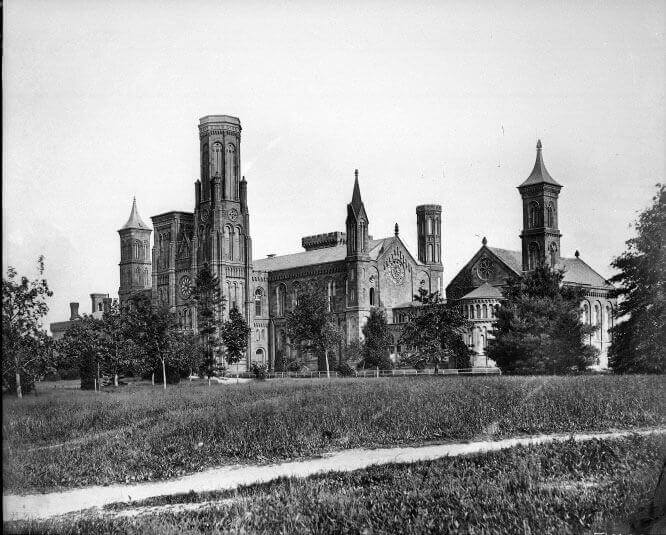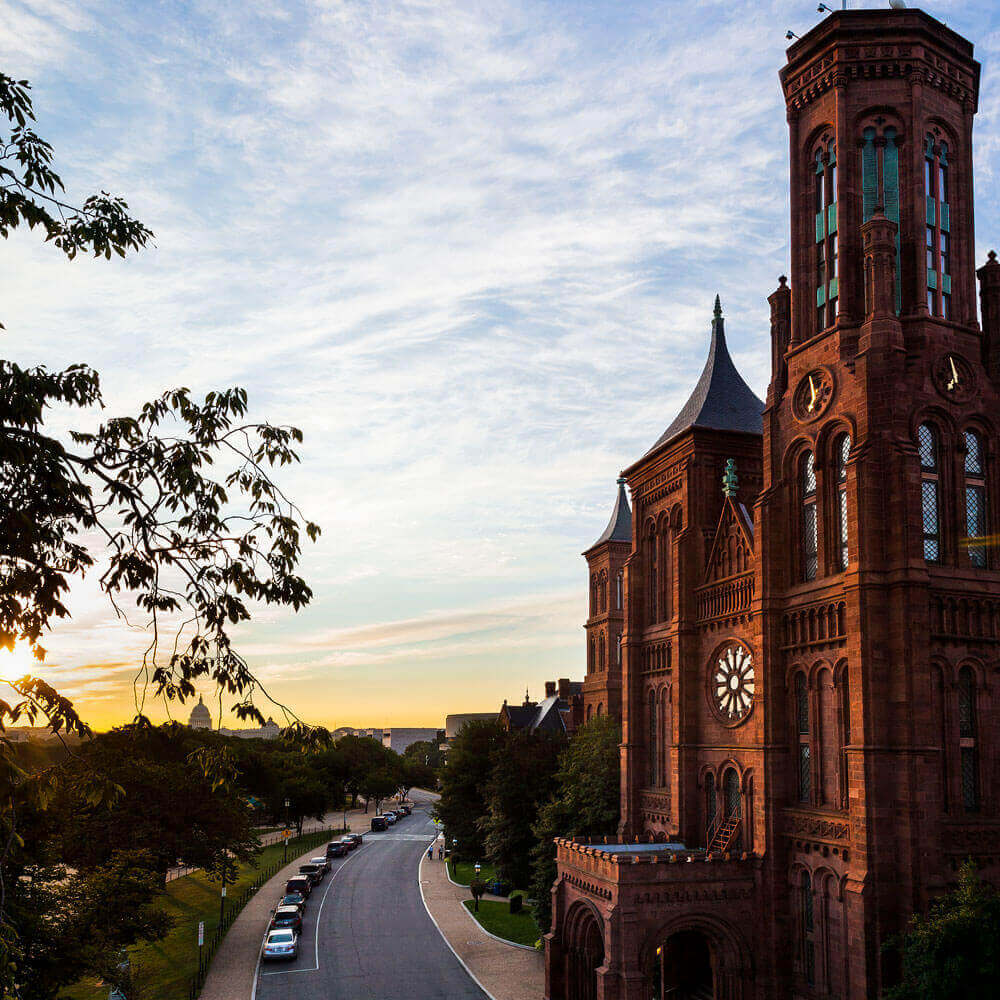One of the first purveyors of American museums—James Smithson—was actually not American at all, but an English scientist who bequeathed his fortune to the United States “for use in Washington.” His only request? The foundation be named the Smithsonian Institution.
 Photo courtesy of the Smithsonian Institution Archives | Photograph of a portrait of James Smithson (1765-1829), founding donor of the Smithsonian Institution, as an adult. The photograph is of a miniature portrait of Smithson done in oil on ivory by Henri Johns on May 11, 1816 at Aix la Chapelle, France. It was purchased in 1878 from George Henry de la Batut of France.
Photo courtesy of the Smithsonian Institution Archives | Photograph of a portrait of James Smithson (1765-1829), founding donor of the Smithsonian Institution, as an adult. The photograph is of a miniature portrait of Smithson done in oil on ivory by Henri Johns on May 11, 1816 at Aix la Chapelle, France. It was purchased in 1878 from George Henry de la Batut of France.
In August of 1846, the Senate and President James K. Polk passed the organization of the Smithsonian Institution into law, establishing a centuries-long tradition of research, preservation, and learning in America.
 Photo courtesy of Smithsonian Institution Archives | Smithsonian Institution Building, “The Castle,” c. 1867.
Photo courtesy of Smithsonian Institution Archives | Smithsonian Institution Building, “The Castle,” c. 1867.
Now with nineteen separate museums and a zoo under its umbrella, the Smithsonian has the most important and diverse collections in the country. The foundation has created museums dedicated to art and design, African American history, and air and space exploration, among others. But the list of America’s most valuable museums doesn’t stop there.
 Photo: Eric Long, Smithsonian | East-facing, wide-angle view from approximately 40 feet altitude of the north entrance facade of the Smithsonian Institution Building ("The Castle") on Jefferson Drive S.W. at sunrise with the U.S. Capitol Building in the background, Washington, D.C. on Aug. 27, 2013.
Photo: Eric Long, Smithsonian | East-facing, wide-angle view from approximately 40 feet altitude of the north entrance facade of the Smithsonian Institution Building ("The Castle") on Jefferson Drive S.W. at sunrise with the U.S. Capitol Building in the background, Washington, D.C. on Aug. 27, 2013.
No comments:
Post a Comment